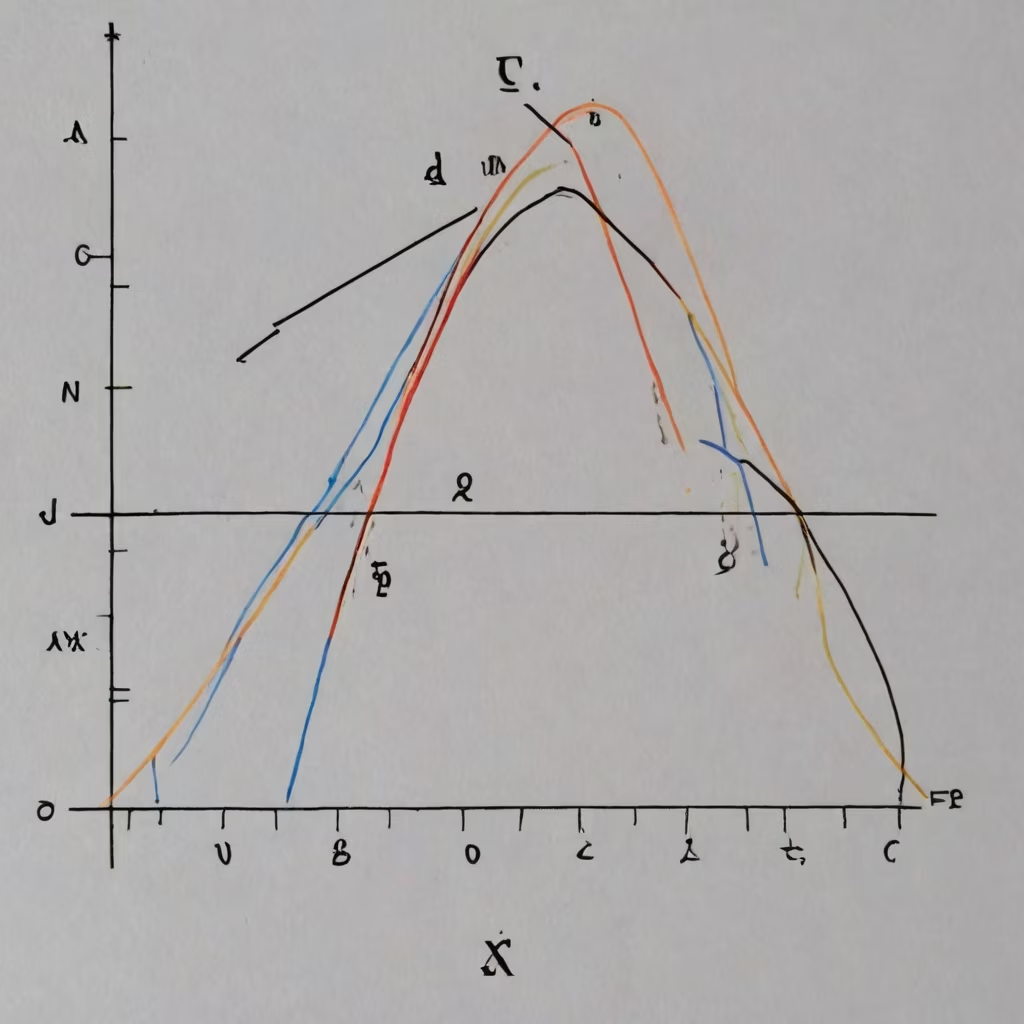Prompt: A quadratic function, also known as a second-degree polynomial, is commonly represented by the equation y = ax^2 + bx + c, where \"a\", \"b\", and \"c\" are constants. In this context, a represents the coefficient of the quadratic term, b represents the coefficient of the linear term, and c represents the constant term. The graph of a quadratic function is a smooth curve called a parabola. Depending on the values of a, b, and c, the parabola may open upwards or downwards and may be narrower or wider. The vertex of the parabola represents the minimum or maximum point of the function, while the x-intercepts indicate the solutions to the equation when y equals zero. Quadratic functions play a significant role in various areas of mathematics and real-world applications, offering a fascinating exploration of the relationship between variables.

